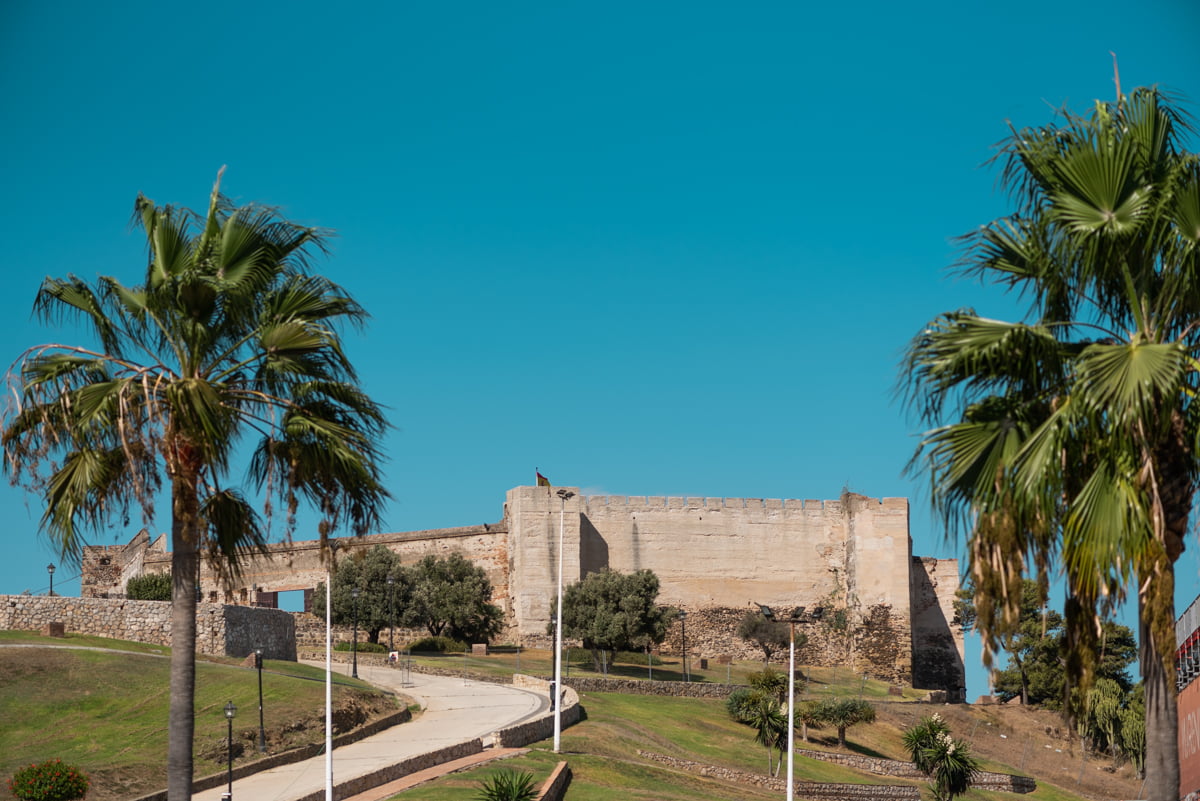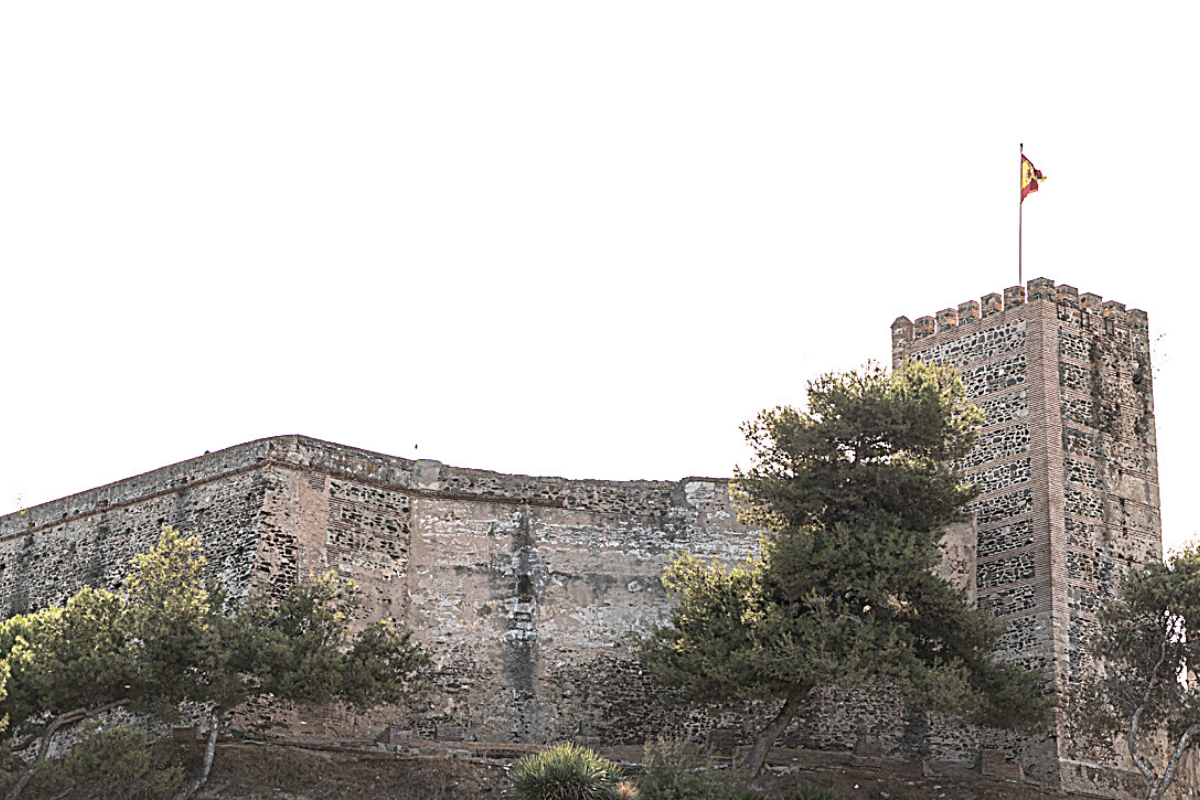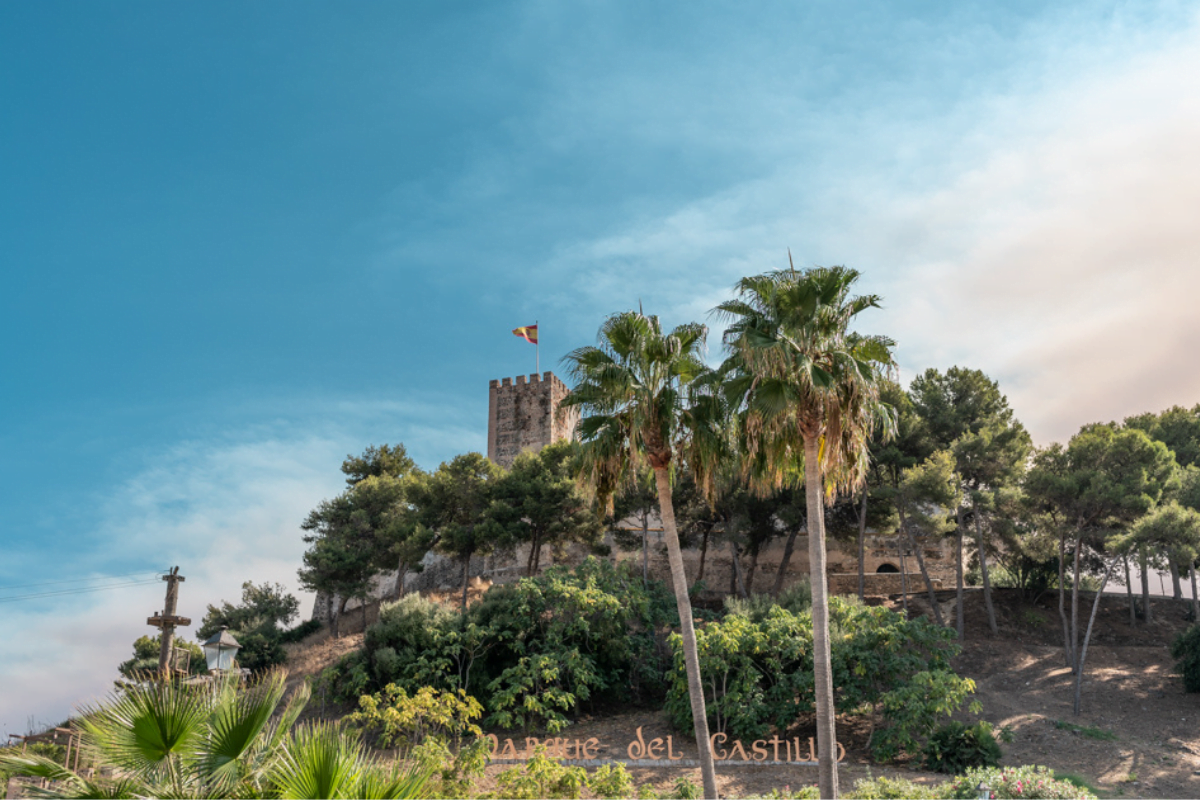The imposing fortress, visible from a distance on the way to Malaga, attracts the attention of many tourists and travellers. The stone structure has witnessed many events. During one of them – the Battle of Fuengirola – Polish soldiers took part. It is an attraction often chosen by Poles holidaying here or looking to invest in property in Spain.
Unmissable attractions
Andalusia is an extraordinary region, full of tourist attractions among which there is something for everyone: monuments, mountain hikes, reserves, cruises, water parks or a zoo. You can spend an afternoon in the luxury fashion houses of Marbella, the most expensive street in this part of Spain. Then sit back with a drink on the promenade in Puerto Banus, admire the multi-million-euro yachts and look out for celebrities racing to buy luxury flats and houses. We today recommend a trip to Castillo Sohail located halfway between Marbella and Malaga.

Castillo Sohail
The history of the town dates back to Phoenician times and Roman rule in the Iberian Peninsula. Among the Romans, the settlement was known as Suel, immortalised in descriptions of cities by Pomponius Mela, a Roman geographer, among others. A few centuries later, during the Arab rule over the area, the name Suel changed to Suhayl, hence Castillo Sohail.
Already the Phoenicians erected a defensive structure on this site, and later the Romans also appreciated the convenient location. The fortress as we know it today was built by the Moors in the 10th century AD, during the reign of Abderraman III. After the fire of the city in the early medieval period, the population moved to Mijas and the fortress lost its importance. After the fall of Granada and the end of the Reconquista, Castillo Sohail became part of the coastal defence system against pirates and controlled the route from Gibraltar to Málaga.

Polish victory
During the Napoleonic era, Polish troops fought on the side of the French Emperor, participating in battles across Europe. One of these took place on 14 and 15 October 1810 precisely at Fuengirola. British troops supported Spanish troops and partisans fighting against Joseph Bonaparte, Napoleon’s brother, who ruled Spain. British ships arrived on the coast of Fuengirola, intending to take Malaga by surprise. The castle of Sohail, garrisoned by a small Polish garrison, resting after the drudgery of battle, acted as a defence for the route to the provincial capital. Some 300 Poles, led by Captain Młokosiewicz, defeated a British-Spanish force of nearly 3,000 soldiers and sailors led by Lord Blayney in a fierce two-day battle. With only four old guns at its disposal, the Polish garrison was very fortunate in hitting and sinking a British gunboat (a ship designed to fire at land targets) and capturing some English artillery. Eventually the British-Spanish corps was forced to withdraw and General Lord Blayney was taken prisoner in Poland – his sabre is still in the collection of the Czartoryski Museum in Kraków.
The bravura, victorious battle of the Polish garrison against a British-Spanish force outnumbered 10:1 attracted the admiration of Emperor Napoleon, who awarded Capt. Mlokosiewicz, Capt. Bronisz and Lt. Chelmicki the Crosses of the Legion of Honour.

